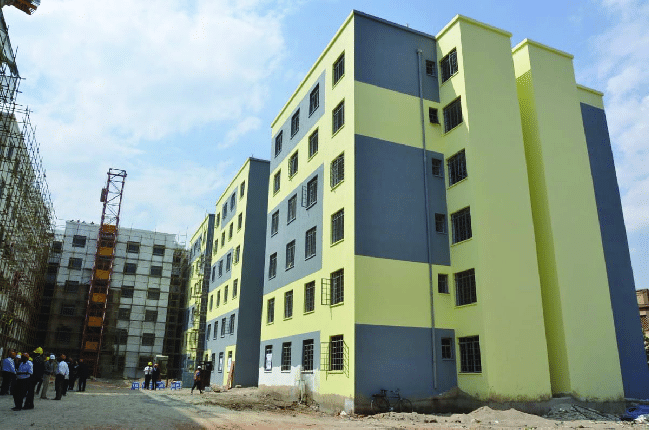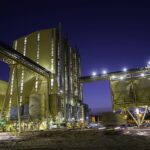The construction industry in Kenya is experiencing a significant rise in costs, impacting both developers and consumers. According to the Kenya National Bureau of Statistics (KNBS) Construction Input Price Indices for the second quarter of 2024, the overall construction cost index increased to 119.06. This article delves into the factors contributing to this increase, examining the price movements of key construction materials and the broader economic implications.
Material Costs Cement, a crucial material in construction, saw a 3.12% increase in its index, reaching 114.16 in Q2-2024. Hardcore materials also experienced a rise of 1.76%, moving from 111.29 to 113.25. Sand, another essential component, increased by 1.93% to 102.47. These increments have a cascading effect on the overall cost of construction projects.
Labour and Equipment Labour costs have also risen, with the index for casual workers increasing to 113.38. The equipment index saw a slight increase from 106.38 in Q1-2024 to 106.51 in Q2-2024. These increases are partially attributed to higher demand and inflationary pressures within the economy.
Transport and Fuel Transport and fuel costs, which play a significant role in the construction industry, have shown mixed trends. The index for transport and fuels slightly decreased from 125.59 in Q1-2024 to 125.07 in Q2-2024, suggesting some relief in this area despite overall cost increases.
Building and Civil Engineering Costs The Building Cost Index increased from 116.98 in Q1-2024 to 117.53 in Q2-2024. This rise reflects the increasing costs of materials, transport, fuel, and labour. The Civil Engineering Cost Index for Q2-2024 is 120.91, up from 120.84 in Q1-2024. These indices indicate that both building and civil engineering projects are becoming more expensive.
Economic Implications The rising costs in the construction sector have broader economic implications. Higher construction costs can lead to increased property prices, affecting affordability for homebuyers. It can also impact the pace of infrastructure development, which is crucial for economic growth.
Government Response To mitigate the rising costs, the government has been exploring various strategies. These include promoting the use of alternative construction materials and technologies to reduce dependency on traditional materials like cement and steel. Additionally, the government is considering policy measures to stabilize fuel prices and improve the efficiency of supply chains.
Future Outlook Looking ahead, the construction industry is likely to continue facing cost pressures. However, the adoption of innovative construction methods and improved supply chain management could help mitigate some of these challenges. Stakeholders in the industry will need to adapt to these changes to remain competitive.
Conclusion The rising costs in Kenya’s construction industry present significant challenges, but also opportunities for innovation and efficiency improvements. By understanding the factors driving these costs and exploring potential solutions, stakeholders can navigate this complex landscape more effectively. As the industry evolves, staying informed and adaptable will be key to success.





